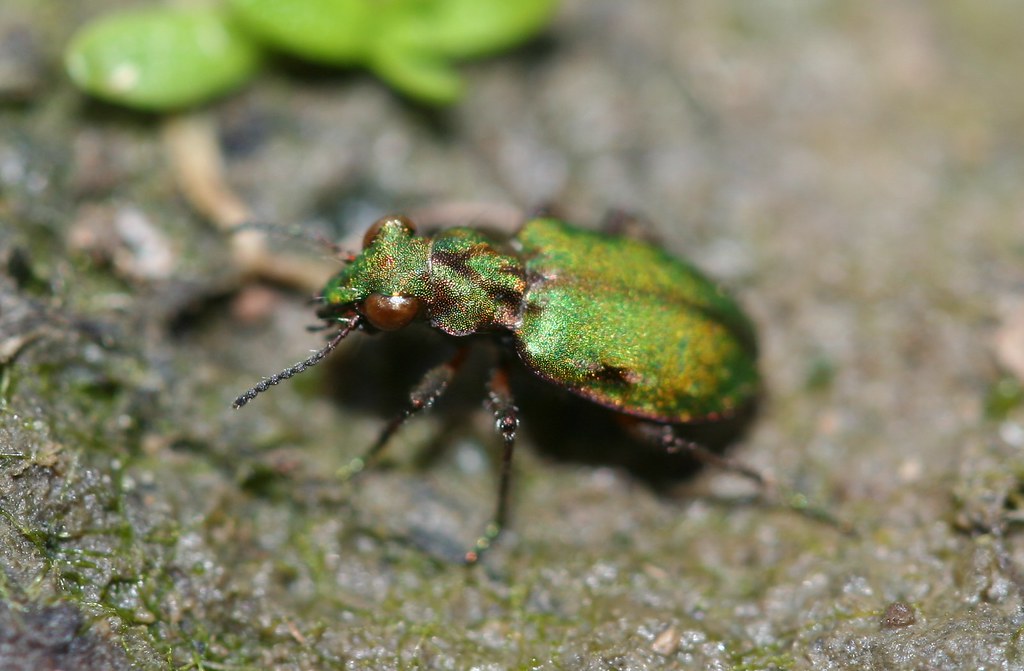In the vast tapestry of California’s grassland ecosystems, some of the most important players are also among the smallest. The Delta Green Ground Beetle (Elaphrus viridis), measuring barely half an inch long, might escape casual notice, but this diminutive insect plays a crucial role in maintaining the ecological balance of its native habitat. This rare beetle, with its distinctive metallic green coloration and specialized habitat requirements, has become an emblem of conservation efforts in California’s vernal pool ecosystems. As we explore the fascinating world of this endangered species, we discover not just the story of one insect, but a window into the complex interconnections that sustain our natural landscapes and the ongoing challenges of preserving biodiversity in an ever-changing environment.
A Glimmering Emerald of the Grasslands
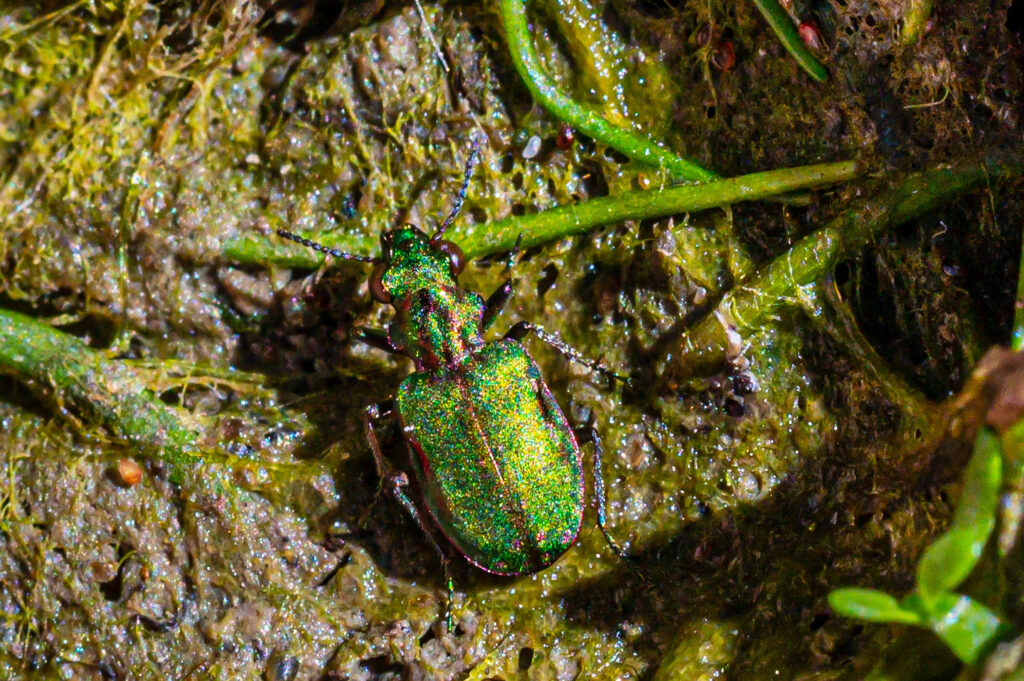
The Delta Green Ground Beetle stands out among insects with its striking metallic green elytra (wing covers) that shimmer under the California sun. Adults typically measure between 6.5-9.5 millimeters in length, making them smaller than a typical paper clip. Their most distinctive feature is the pattern of circular depressions on their elytra, which resemble small dimples and give the beetle a textured appearance. These depressions are not merely decorative—they contain specialized sensory organs that help the beetle detect changes in its environment and locate prey. The beetle’s relatively long legs enable it to move quickly across the moist soil of vernal pools, allowing it to be an efficient predator despite its small size.
An Extremely Limited Range

Unlike some insects that can be found across wide geographical areas, the Delta Green Ground Beetle is one of California’s most geographically restricted endemic species. Its entire global range is confined to a small area within Solano County in the state’s Central Valley, primarily around the Jepson Prairie Preserve and a few adjacent areas. This extremely limited distribution spans less than 10 square miles, making it one of the most narrowly endemic insects in North America. The beetle’s specific habitat requirements—seasonal wetlands known as vernal pools—further restrict where it can survive. These temporary pools form during winter rains and dry up in summer, creating a unique ecosystem that supports specialized plants and animals that have evolved to thrive in this cyclical environment.
Vernal Pool Specialists
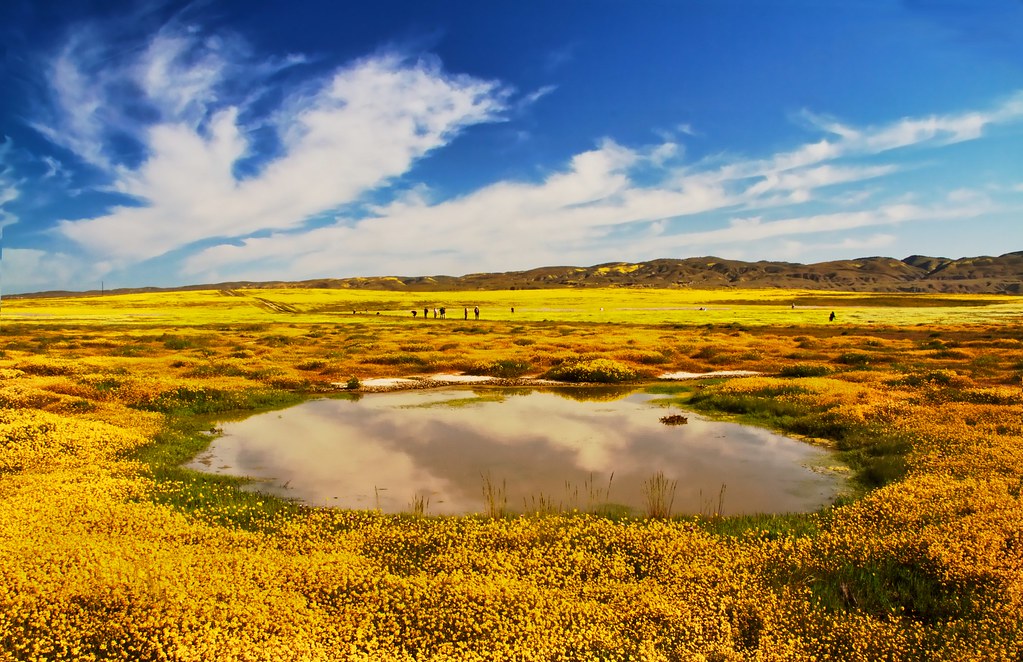
Vernal pools represent one of California’s most threatened ecosystems, and the Delta Green Ground Beetle has evolved to become a specialist within this unique habitat. These seasonal pools fill with winter rainwater and typically dry completely by summer, creating a harsh environment where few species can survive. The beetle has adapted to this cycle, becoming active during the wet season when the pools are filled and the surrounding grasslands are moist. As the pools begin to dry in late spring, the beetles retreat to cracks in the soil where they can survive the hot, dry summer months. Their life cycle is synchronized with the seasonal rhythm of the vernal pools, with adults emerging when winter rains begin to fill the pools again. This specialization has allowed the beetle to exploit a niche with limited competition but has also made it extremely vulnerable to habitat alteration.
Hunting Habits and Diet
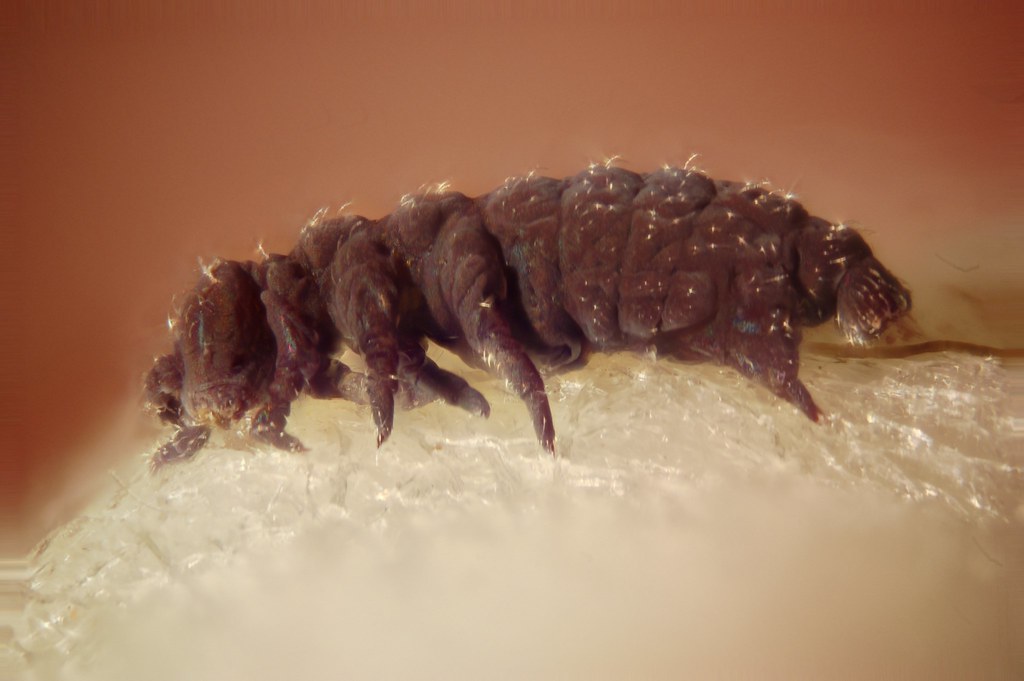
The Delta Green Ground Beetle is primarily carnivorous, functioning as an important predator within the vernal pool ecosystem. They actively hunt small invertebrates including springtails, mites, and the larvae of various insects that inhabit the moist soil around vernal pools. Using their keen sensory abilities, these beetles can detect the movement of prey even in low visibility conditions such as at night or in dense vegetation. Their hunting strategy typically involves running rapidly across the ground and pouncing on prey, using their powerful mandibles to capture and consume their quarry. As predators, they help regulate populations of smaller invertebrates, contributing to the ecological balance of their habitat and preventing any single species from becoming too numerous.
Life Cycle Synchronized with Seasonal Changes

The reproductive cycle of the Delta Green Ground Beetle is intricately timed to coincide with the seasonal flooding and drying of vernal pools. Adults become active and begin mating shortly after the first significant autumn or winter rains fill the pools, typically between November and March. Females lay their eggs in the moist soil surrounding the pools, where the developing larvae have access to abundant prey as the vernal pool ecosystem flourishes. The larvae go through three developmental stages (instars) before pupating and emerging as adults in spring. As summer approaches and the pools begin to dry, the adult beetles enter a period of dormancy called aestivation, seeking shelter in soil cracks or under plant debris. This synchronization with seasonal changes allows the beetles to take advantage of optimal conditions for reproduction and feeding, while avoiding the harsh summer drought conditions.
Endangered Status and Conservation Efforts
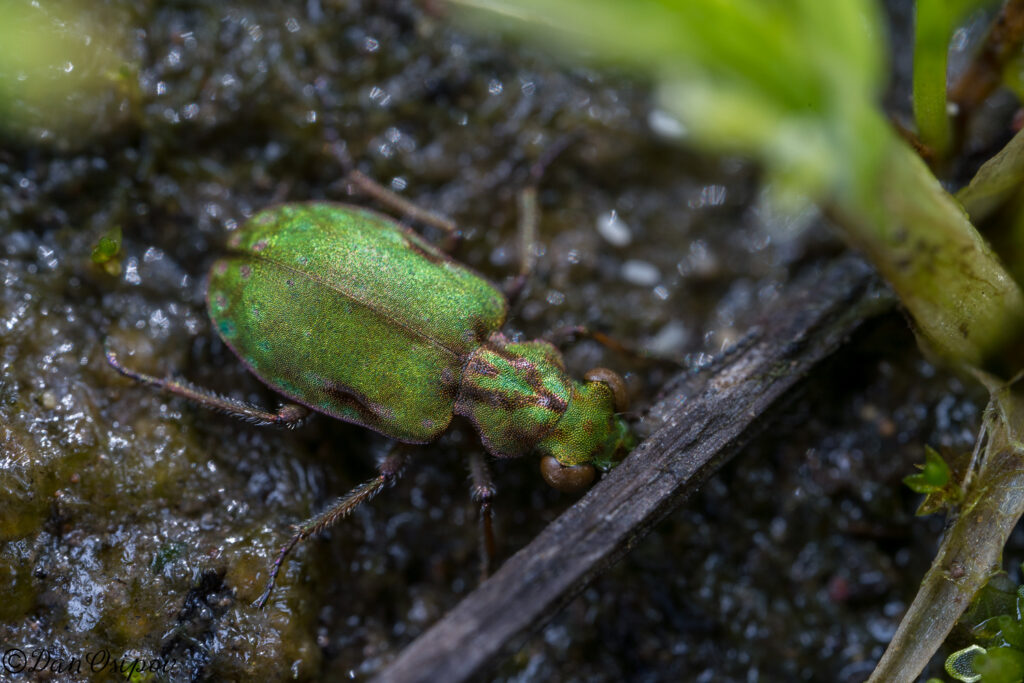
The Delta Green Ground Beetle was listed as threatened under the federal Endangered Species Act in 1980, one of the first insects to receive such protection. Its endangered status stems from its extremely limited range and the ongoing destruction of vernal pool habitats due to agricultural conversion, urban development, and water diversion projects. Conservation efforts have focused on habitat protection, with the establishment of the Jepson Prairie Preserve as a crucial sanctuary for the species. The U.S. Fish and Wildlife Service developed a recovery plan for the beetle in 2005, outlining specific actions needed to protect existing populations and restore degraded habitat. Despite these efforts, the beetle remains vulnerable, with recent surveys suggesting continued population declines in some areas, highlighting the ongoing challenges of protecting specialized species in highly modified landscapes.
Ecological Significance

Despite its small size, the Delta Green Ground Beetle plays several important ecological roles within the vernal pool ecosystem. As a predator, it helps control populations of smaller invertebrates, preventing outbreaks that could disrupt the ecological balance. The beetle also serves as prey for larger animals such as birds, small mammals, and reptiles, transferring energy up the food chain. Perhaps most significantly, the beetle functions as an indicator species—its presence or absence provides valuable information about the health of the entire vernal pool ecosystem. Monitoring populations of the Delta Green Ground Beetle allows scientists to assess the impact of environmental changes, habitat management practices, and conservation efforts on these fragile seasonal wetlands. The species’ specialized habitat requirements make it particularly sensitive to environmental degradation, providing early warning of ecosystem disturbance.
Taxonomic History and Scientific Discovery
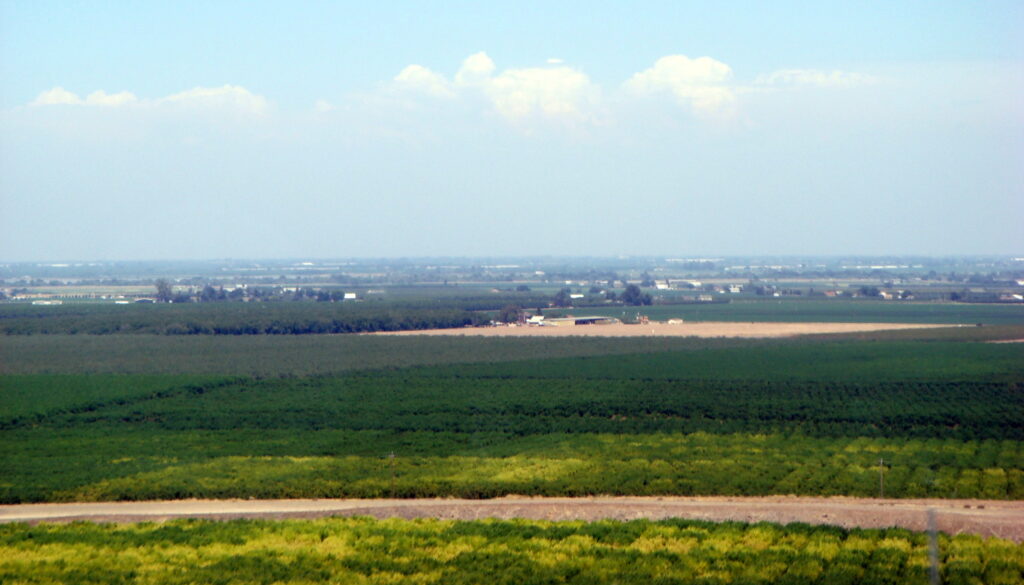
The Delta Green Ground Beetle was first described to science relatively recently, discovered in 1974 by entomologist Fred Andrews during a biological survey of California’s Central Valley. The species was formally described and named Elaphrus viridis in 1975 by Dr. David Kavanaugh of the California Academy of Sciences, with the species name “viridis” referring to its vibrant green coloration. This late discovery underscores how even in well-studied regions like California, previously unknown species can remain hidden, especially when they occupy specialized microhabitats. The beetle belongs to the genus *Elaphrus* within the family Carabidae (ground beetles), a diverse group known for their predatory habits and ecological importance. Most other members of the genus are found in cooler, northern regions, making the Delta Green Ground Beetle somewhat unusual in its adaptation to California’s Mediterranean climate.
Threats to Survival
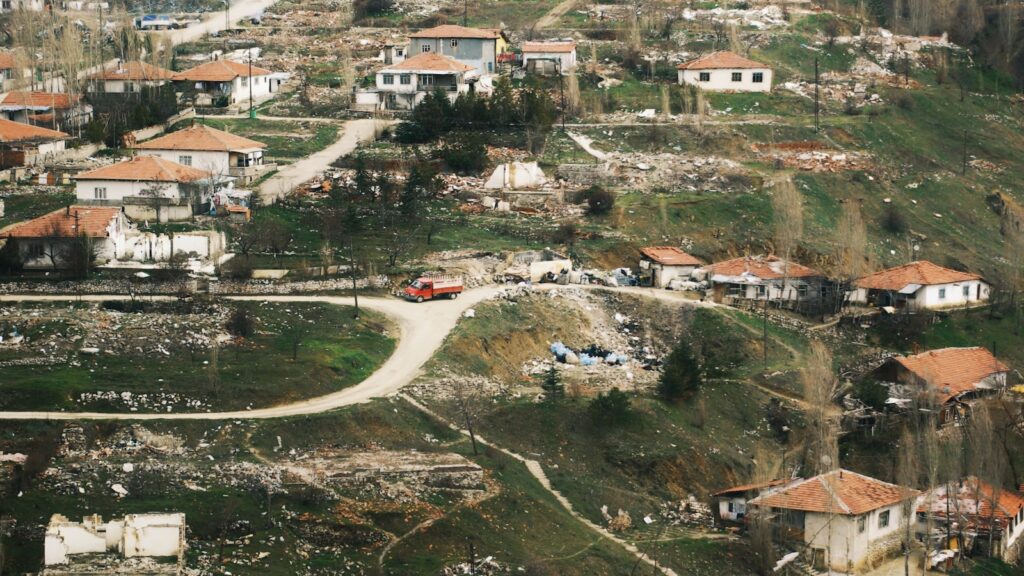
Multiple threats jeopardize the continued existence of the Delta Green Ground Beetle, with habitat loss being the most significant. Since European settlement of California, an estimated 95% of the state’s vernal pool habitat has been destroyed or severely degraded due to agricultural conversion, urban development, and flood control projects. Even protected areas face threats from changes in hydrology caused by surrounding development, which can alter the seasonal flooding patterns crucial to the beetle’s life cycle. Climate change poses an emerging threat, as changing precipitation patterns may disrupt the delicate timing of vernal pool formation and drying that the beetle depends upon. Invasive species, particularly non-native annual grasses that outcompete native plants around vernal pools, alter the habitat structure and potentially reduce prey availability for the beetles. Pesticide drift from nearby agricultural operations represents another concern, as these chemicals could directly kill beetles or reduce their prey base.
Research Challenges
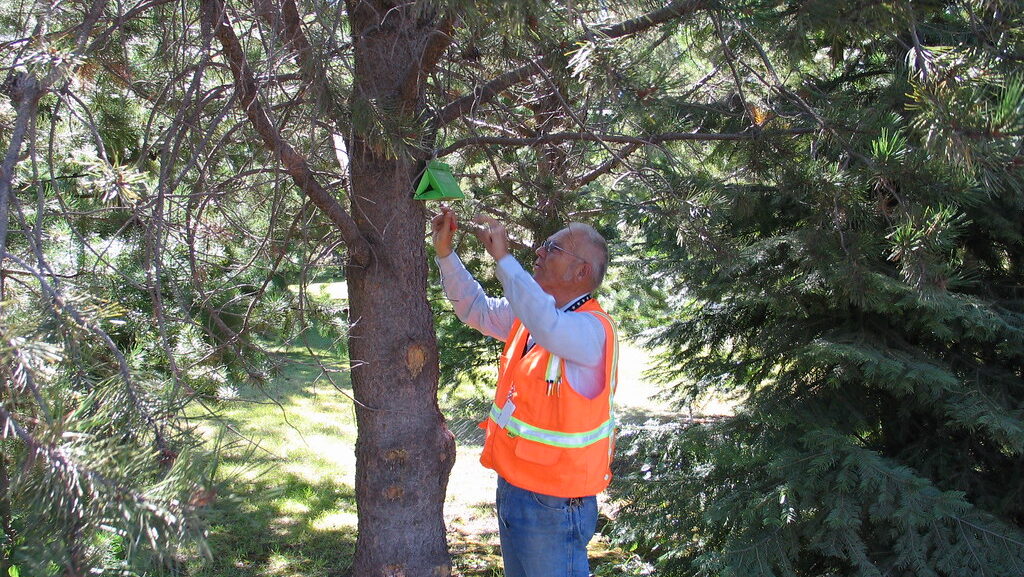
Studying the Delta Green Ground Beetle presents numerous challenges for researchers seeking to understand its biology and conservation needs. The beetle’s small size, cryptic behavior, and seasonal activity pattern make it difficult to observe in the wild without specialized techniques. Population monitoring typically relies on labor-intensive pitfall trapping, which must be carefully timed to coincide with the beetle’s active period. The extreme rarity of the species means that intensive research risks disturbing the very populations scientists are trying to protect, requiring careful balance between data collection and conservation. Captive breeding and laboratory studies, which could provide valuable information about the beetle’s life history, have proven difficult due to the challenge of replicating the specific environmental conditions of vernal pools. Despite these obstacles, ongoing research continues to yield important insights into the beetle’s ecology, behavior, and conservation requirements, with non-invasive techniques such as environmental DNA (eDNA) sampling offering promising new approaches.
Cultural and Educational Significance

The Delta Green Ground Beetle has become an important ambassador species for California’s vernal pool ecosystems, helping to raise public awareness about these often-overlooked seasonal wetlands. Educational programs at the Jepson Prairie Preserve and other conservation areas highlight the beetle as an example of the specialized organisms that depend on vernal pools, introducing visitors to concepts of habitat specialization and endangered species conservation. The beetle has been featured in local art and educational materials, particularly in Solano County where it has become something of a regional mascot for conservation efforts. Environmental education programs use the beetle’s story to illustrate broader ecological principles and the importance of protecting even small, seemingly insignificant species. By putting a spotlight on this tiny insect, conservationists have been able to generate public support for habitat protection efforts that benefit not just the beetle but the entire vernal pool ecosystem.
Recovery and Habitat Restoration Efforts
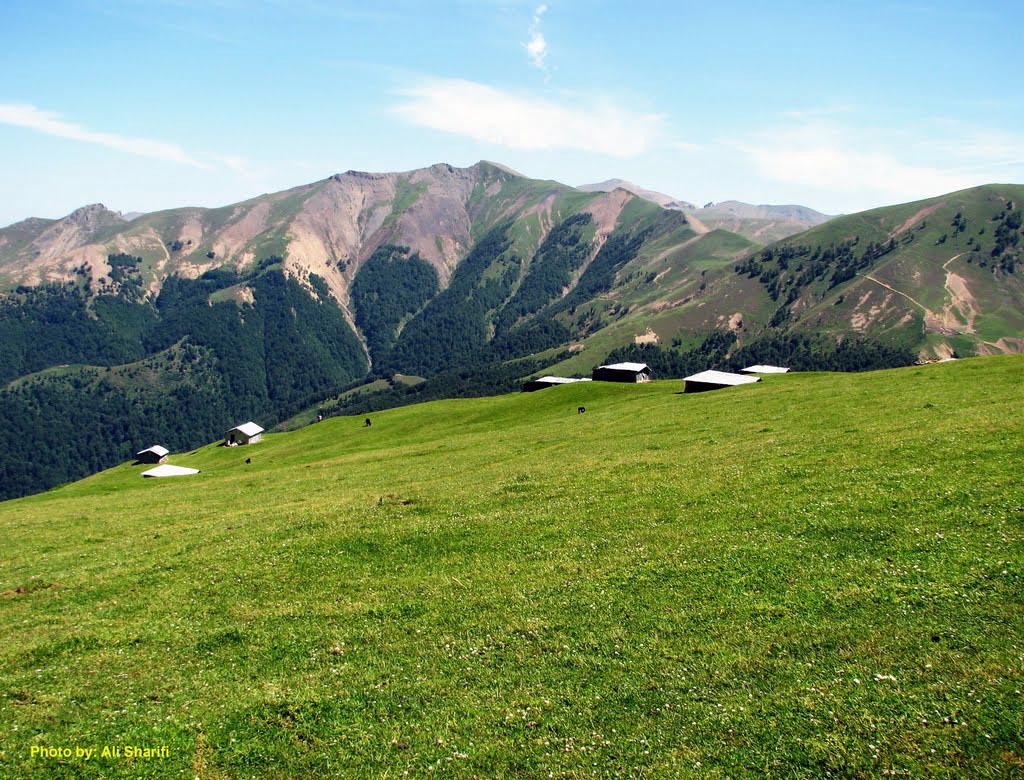
Recovering the Delta Green Ground Beetle from its threatened status requires comprehensive habitat protection and restoration initiatives. The species’ recovery plan outlines specific actions including the establishment of additional protected areas, habitat management to maintain appropriate hydrology, and the removal of invasive plant species that alter vernal pool ecosystems. Restoration projects have focused on recreating the specific soil conditions and topography needed for vernal pool formation, often in areas where pools were previously destroyed by agriculture or development. These efforts involve careful engineering to ensure proper water retention and drainage patterns, followed by seeding with native vernal pool plants that help create the microhabitat structure the beetles require. Long-term monitoring programs track the success of these restoration efforts, with the presence of Delta Green Ground Beetles serving as the ultimate indicator of restoration success. While full recovery remains a distant goal, these combined efforts have helped stabilize some populations and expand protected habitat for this unique species.
The Future of the Delta Green Ground Beetle

The long-term survival of the Delta Green Ground Beetle remains uncertain, balanced between conservation successes and ongoing threats. Climate models predict increasing variability in California’s precipitation patterns, potentially disrupting the seasonal rhythms that the beetle’s life cycle depends upon. However, advances in habitat restoration techniques and growing public awareness of vernal pool conservation offer hope for the species’ future. Genetic studies are providing new insights into population structure and diversity, information that can guide management decisions to preserve genetic resilience. The beetle’s recovery will ultimately depend on continued commitment to vernal pool protection, adaptive management strategies that respond to changing conditions, and sustained funding for monitoring and research. As a flagship species for one of California’s most threatened ecosystems, the fate of this small beetle reflects our larger commitment to preserving biological diversity in an increasingly human-dominated landscape.
Conclusion
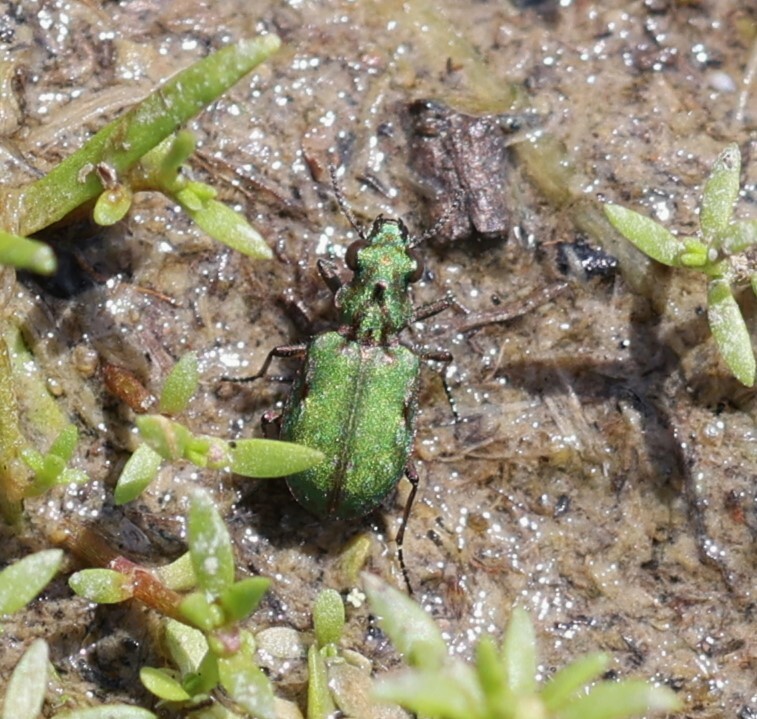
The story of the Delta Green Ground Beetle reveals how even the smallest creatures can play outsized roles in both ecosystems and conservation narratives. This tiny predator, adapted to life in one of California’s most specialized habitats, now serves as both an indicator of environmental health and a symbol of conservation urgency. Its precarious existence highlights the vulnerability of specialized species in the face of habitat loss and climate change, while ongoing protection efforts demonstrate our growing recognition of the value of preserving biodiversity at all scales. By understanding and protecting this diminutive beetle, we’re not just saving one species but helping to maintain the complex ecological relationships that sustain California’s unique vernal pool ecosystems for future generations. In the shimmering green carapace of this endangered insect, we find a reflection of our broader responsibility to protect the intricate web of life that makes our planet so remarkably diverse.

